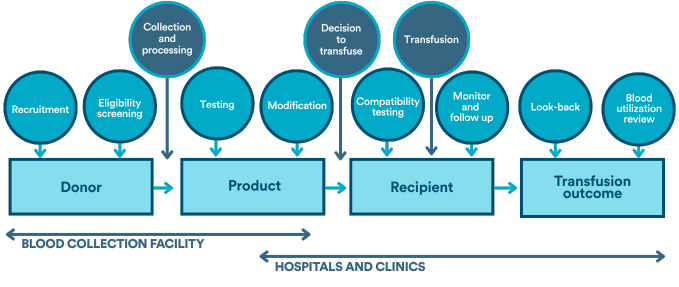Blood transfusion is a medical therapy that can be life-saving. As with any treatment, however, transfusion of blood or blood components must be ordered and administered safely and appropriately. Transfusion is more than a single discrete event—it is a process. The transfusion chain begins with donor considerations (whether their donation is safe for them to make and whether the donation is safe for any patient to receive). Once blood is collected, the safety of the blood product is a focus of activity (infectious disease testing, compatibility testing, necessary modifications such as irradiation or leukocyte reduction). The endpoint of the transfusion process involves recipient considerations (proper identification of the unit and the patient, appropriateness of blood as the best treatment modality, administration of the unit, evaluation of the recipient).

AstraZeneca Withdraws Factor Xa Reversal Agent From US Market
December 23, 2025
Feedback to Shape Updates to Latest MT, Perioperative Standards Due Jan. 6
December 23, 2025
National Academies Issue RFP on Prehospital Blood Use in Motor Vehicle Trauma
December 10, 2025